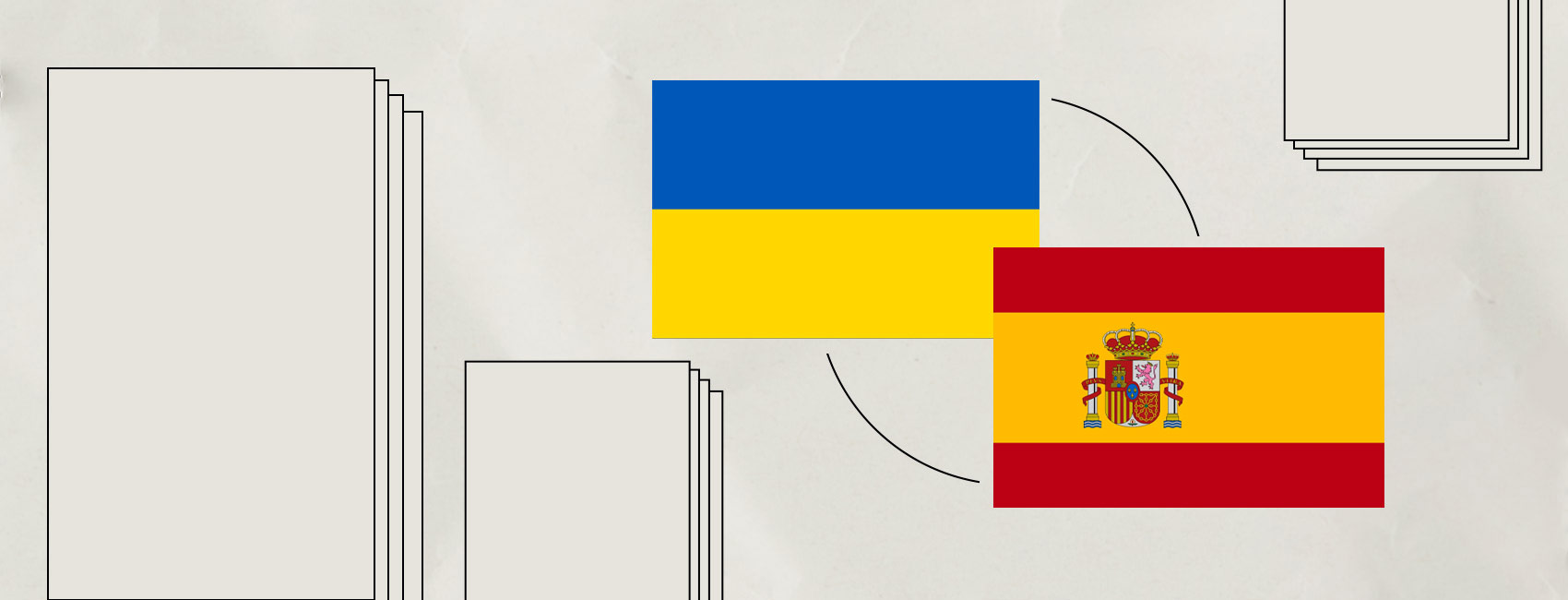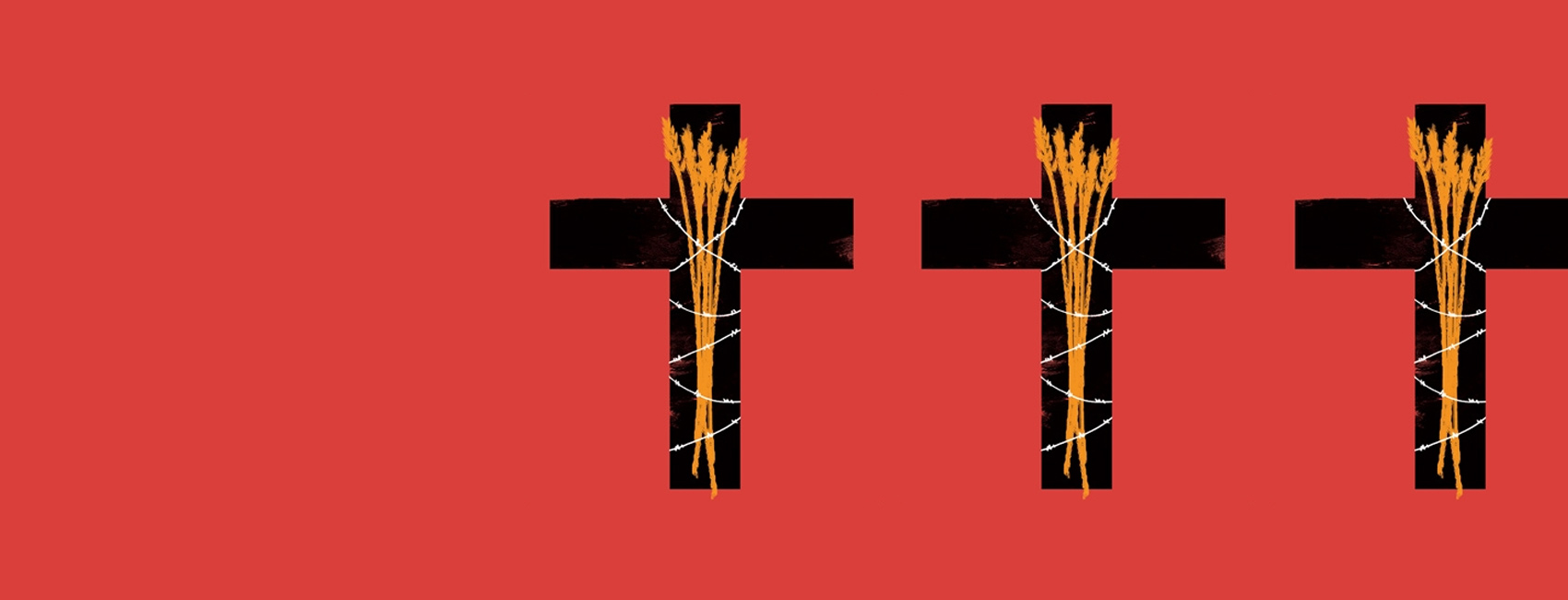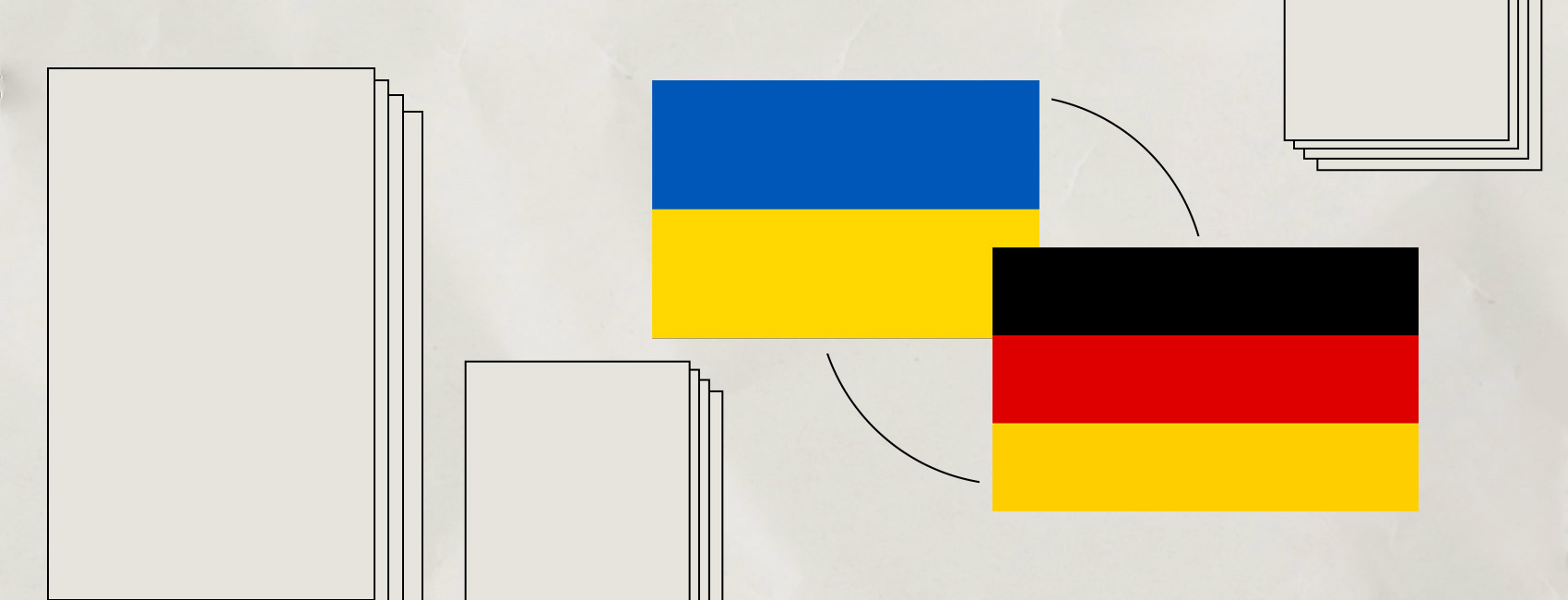* ESC - close the search window
Chytomo Picks
Vasyl Barka: Conservative modernist and Holodomor survivor
15.10.2024
Ihor Kostetskyi, the Guru of Ukrainian émigré modernism, described him as having set the “highest standard” for young writers, while Solomiia Pavlychko, pioneering feminist and literary critic of the post-Soviet era, accused him of excessive traditionalism and a reluctance to accept modernity. In his day, he was seen as a future luminary of Ukrainian poetry, a writer remembered for composing a novel that revealed to the world one of the worst tragedies that the Ukrainian people have suffered: the Holodomor. This writer, who miraculously escaped the so-called “paradise” of the Soviet Union at the end of World War II and became a leading light for the Ukrainian diaspora, is Vasyl Barka.
The name Vasyl Barka (who was born Vasyl Ocheretko) entered the canon of Ukrainian literature as the author of “Zhovtyi kniaz” (“The Yellow Prince”) – a book often described as the first Ukrainian novel about the Holodomor. However, he was not the earliest pioneer on this topic. As far back as 1934, writers like Ulas Samchuk, who published “Maria: khronika odnoho zhyttia” (“Maria: a Chronicle of a Life”) in Prague that year, were already informing Ukrainian and Western readers about the bloody crimes of the Bolshevik regime.
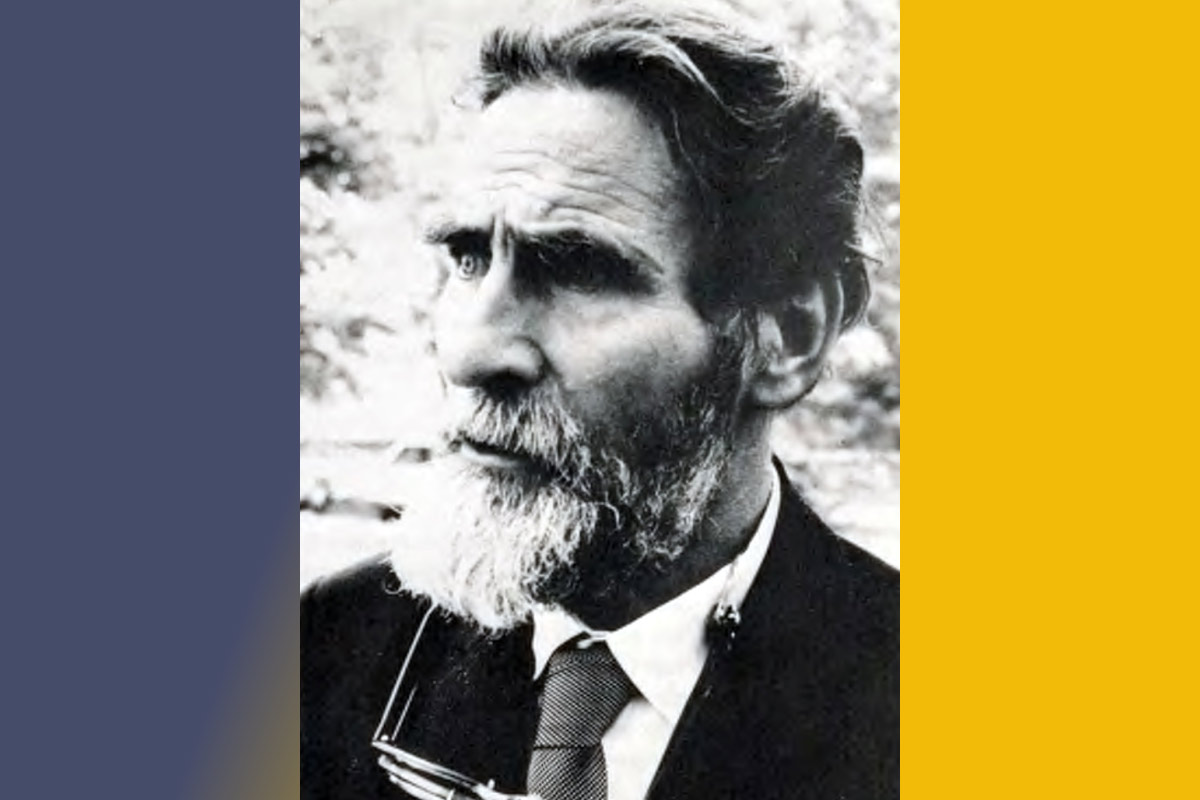
Unlike Samchuk (who associated with many exiled and displaced Ukrainian writers and artists just after World War II as founder of the short-lived Artistic Ukrainian Movement), Barka saw with his own eyes people bloated from hunger, both living and dead. He also experienced the famine himself, which is why “Zhovtyi kniaz: can be safely considered not just a novel, but a true literary testimony. It might even be said that Barka’s sense of the religious and mystical added an apocalyptic dimension to his account that wasn’t present in earlier works.
RELATED: A memorial plaque to Gareth Jones, who told the world about the Holodomor, has been opened in Kyiv
From Poltava to Augsburg
Vasyl Ocheret (as he was known at the time), made his literary debut in 1930 with an anthology called “Shlyakhy” (“Pathways”). Although he was just 22 years old, he had already experienced the dangers of academic life in the Soviet Union, first as physics and mathematics instructor at a mining village called Sioma Rota (today, the village of Nyzhne near Sieverodonetsk in the Luhansk region), and then, after fleeing to the Kuban region, as a teacher of history and literature at the Krasnodar Pedagogical Institute. Doubtlessly, the rural Poltava native was aware of the clouds gathering over Ukrainianism, with Soviet authorities loudly accusing the intelligentsia, particularly artists and scientists, of taking part in non-existent terrorist organizations. So he shouldn’t have been too surprised that after his debut collection of poems was released, it was almost immediately criticized for its “bourgeois nationalism” and “residual religious” thinking.
Because of the uproar, during a subsequent meeting of the Kuban Association of Proletarian Writers (one of the few branches of the Russian Association of Proletarian Writers to provide a space for Ukrainian authors), the young poet had to publicly repent his artistic dabblings. Fortunately, his “repentance” worked, as two years later in Kharkiv, Ocheret’s second collection, “Tsekhi” (“Workshops”) was released – this time with each poem toeing the line of the proletarian narrative. Although he enjoyed a better reception, Vasyl decided afterwards to drop out of the literary scene for nearly 15 years. He wrote for himself while he taught literary history at the Krasnodar Pedagogical Institute, keeping his work to himself. He’d soon become too busy to publish anthologies anyway after meeting his future wife, the Adyghe (Circassian) playwright Dolethan Natho. A year after they married in the summer of 1932, the young couple gave birth to their son Yuriy Ocheret.
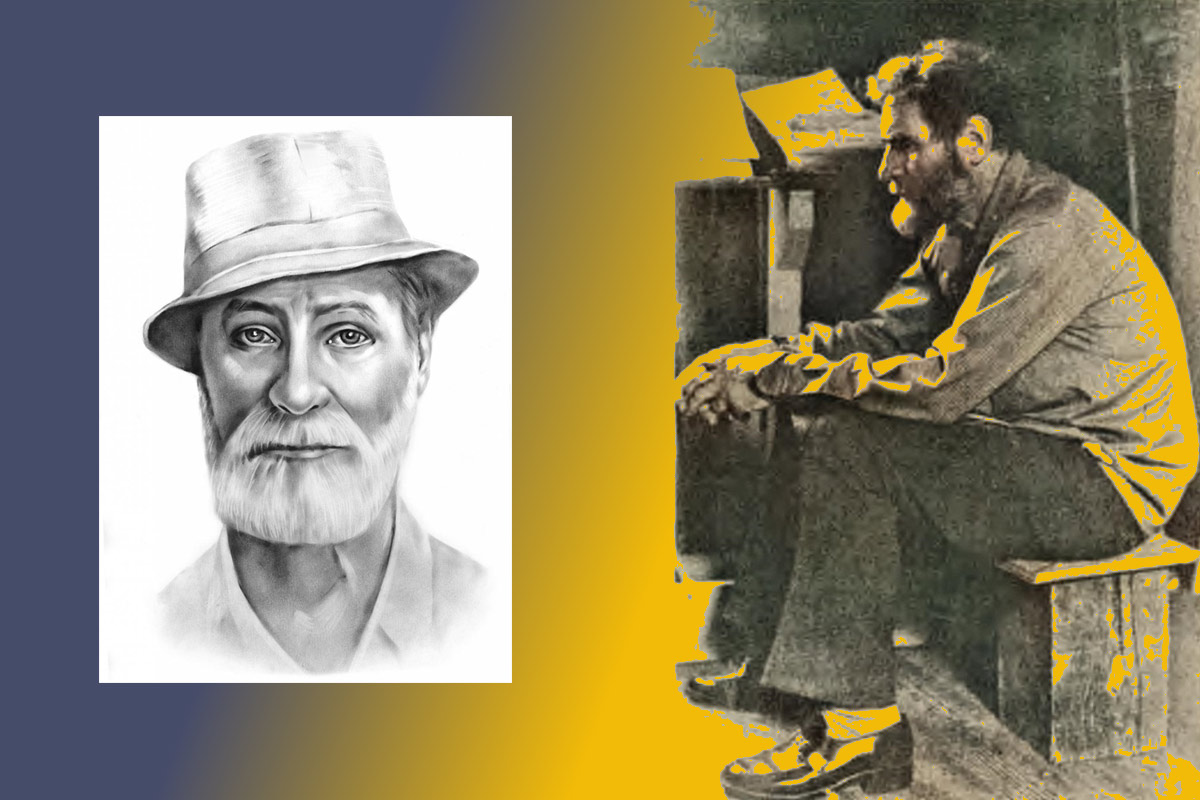
Later, while completing his post-graduate studies with the Moscow Pedagogical Institute in the late 1930s Ocheret landed a job as a scientific associate with the Krasnodar Art Museum. He barely escaped trial and exile several times for “counter-revolutionary” displays of religious canvases at the institution. Nevertheless, he completed his study of medieval literature, or more precisely of the “Divine Comedy” written by his beloved Dante.
After Ocheret successfully defended his thesis in Moscow he began to lecture at Rostov University. Unfortunately, his academic career had to be put on hold with the opening of World War II’s Eastern Front. In response to the Soviet call for young men to fight, he volunteered with the poorly armed “Narodnoye Opolcheniye” (People’s Volunteer Militia). Soon after, he was severely injured by the invaders while defending the trenches near Krasnodar. During the period when the Nazis occupied the Kuban, he tried to remain inconspicuous as a translator for a small newspaper. Unfortunately, before they left Ocheret was forcibly mobilized by the Germans and taken to Berlin as an “ostarbeiter.” This resulted in his lifelong separation from his wife, and half a century of exile from his son.
Vasyl only began writing again in 1943, after escaping the “ostarbeiter” camp where he unloaded river boats. Through a contact he made at a used bookstore in western Berlin, he miraculously found both refuge and work with the publishing house Holos Ukrainy. It was while proofreading and writing articles in the German capital that Vasyl Ocheret took the pen name “Barka” (a type of a boat). He did this to avoid implicating his relatives, who might later be persecuted by Soviet authorities for their association with a so-called “traitor” and “enemy of the people.”
After the fall of the Third Reich, in order to escape possible deportation and punishment back home, Barka walked over a thousand kilometers to Augsburg in the American occupation zone, where he found shelter in a camp for displaced persons.
Expressionism, mysticism and hunger
In 1946, Barka published his third collection of poems under the telling title “Apostles.” For the Ukrainian diaspora, these 19 poems attested to the emergence of a new voice: religious, mystical, and modern to boot. The collection’s leitmotifs, including themes like the longing for the Motherland and reflections on the horrors one might have endured in the war, were closely intertwined with Christian and Ukrainian folklore imagery.
Barka’s style was that of a symbolist and an expressionist, both at the same time. His oppressive emotionality could not be avoided even while he experimented with diminutives and terms of endearment, and his heavy style and multi-rooted neologisms only further underscored the collection’s apocalyptic mood.
RELATED: Ivan Bahriany: perfect adventure novels, perfect adventure life
In his next anthology “Bilyi svit” (“White World”), published the following year, Barka expanded his creative range: his use of landscape lyrics increased, and the overall mood of this new work appeared more optimistic. Nature featured prominently in the collection – pastoral, pristine wildernesses, an earthly paradise – which served both as a testimony to God’s blessing and a fond memory of a distant homeland and idyllic times. For Barka, God and nature could never be separated; in his depictions of bees, apple trees or cherry trees, the lyrical hero seemed to be searching everywhere for God’s presence. But even in the midst of such soothing bliss, the poet could not forget the sheer evil he experienced and which continued to haunt him.
In the late 1950s, Barka worked on essays dedicated to Christian and mystical themes. At this point he was already living in the US, working hard wherever he could. The suffering he endured for his craft, though, drove him to publish his first novel “Rai” (“Paradise”) and his next, renowned anthology “Okean” (“Ocean,” 1957), which ultimately cemented his status as a masterful and profound modernist artist, as testified by the notable acclaim he received from German critics for its translation.
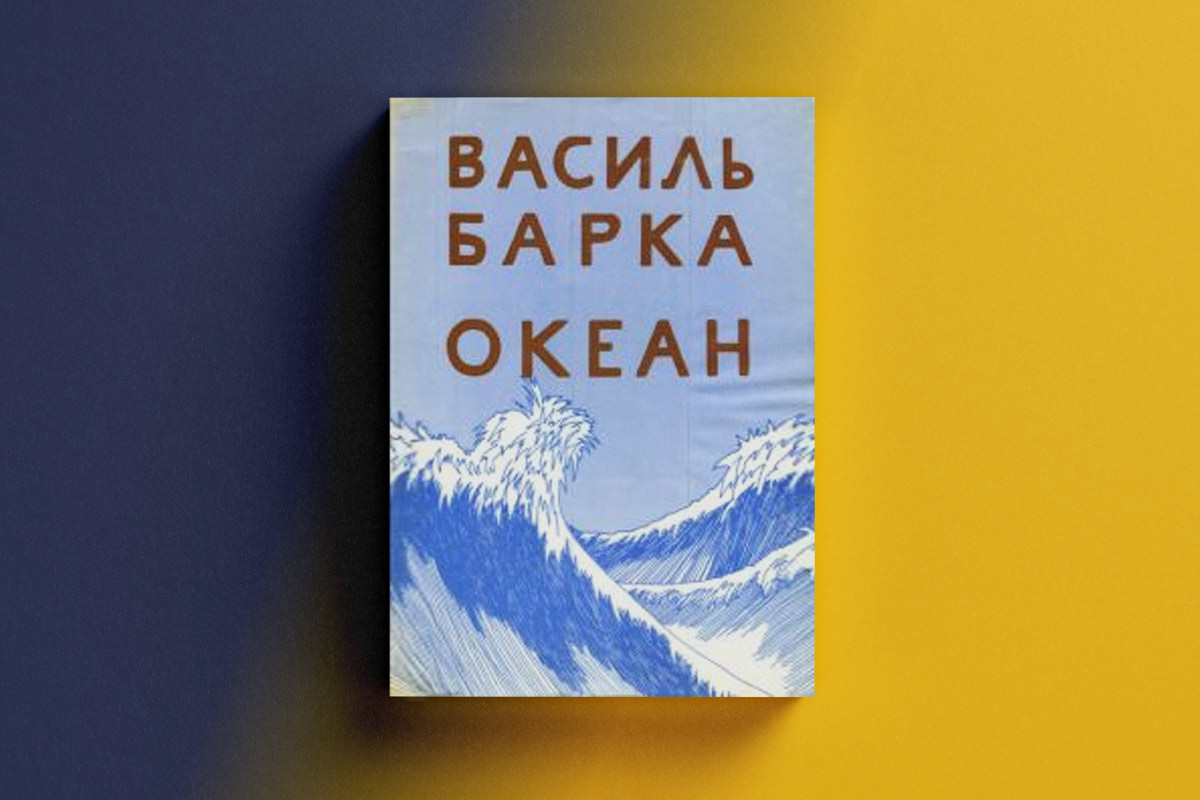
Ukrainian cover of the”Ocean” by Vasyl Barka, published in New York, 1979
But this was not enough for the writer, which was why, while leading the life of a “worldly monk,” he engaged his talent for essays, though as Solomiia Pavlychko aptly pointed out, these would be more appropriately called sermons. All the wars, genocides, moral decline and innovations of the 20th century appeared to Barka only as signs of the Apocalypse, which influenced his writing. In the ancient image of the “red dragon” attacking the “woman clothed with the sun” (i.e., the Church), he found a terrible symbolic coincidence with reality. Of course, as a true Christian, Barka believed that the woman would ultimately prevail.
Evidence of good and evil
In 1962, the literary monthly journal for Ukrainian émigrés “Suchasnist” dedicated several issues to serializing the first volume of the novel “Zhovtyi kniaz” which at the time was still considered a novella. The text, which resurrected the public memory of the Holodomor, had been crafted by Barka in a space of just three years (1958 to 1961), but the material on which it was based had been collected over a span of several decades, beginning with the actual genocide in 1933. Carefully processing testimonies, along with his own memories and those of his surviving brother, the writer built a coherent narrative, the central part of which was the tragedy and martyrdom of the Ukrainian Katrannyk family, which fell out with the Bolshevik regime and suffered torture and starvation.
In the 1989 preface, Barka mentioned three dimensions of the novel: the literal, the psychological, and the metaphysical. The first dimension was embodied – in an almost naturalistic fashion – by detailed depictions of the sufferings of the Katrannyks, as well as residents of the village of Klenotochi and other nearby villages, their incarcerated lifestyle, their desperate searches for food, and the arbitrariness of the Soviet government’s henchmen.
The father took a look around and felt a chill in his chest. A large femur, likely that of a man, protruded from the ground; nearby, smaller ones stuck up through the settled earth.
Someone had been killed and eaten, the bone tossed into the pit…
The story of the main characters was no less harrowing or fatalistic: left without food, the Katrannyks perished one-by-one as they tried to find at least some sustenance. Only the youngest child Andriyko survives. But the realism of the novel would not have had such an effect had it not been supported by the subtle yet profound psychology brought out as the story’s second dimension. In fact, all the events of the novel are presented through the Katrannyks’ lens of perception – sometimes passively reflective, sometimes more aggressively with a moral assessment of the events.
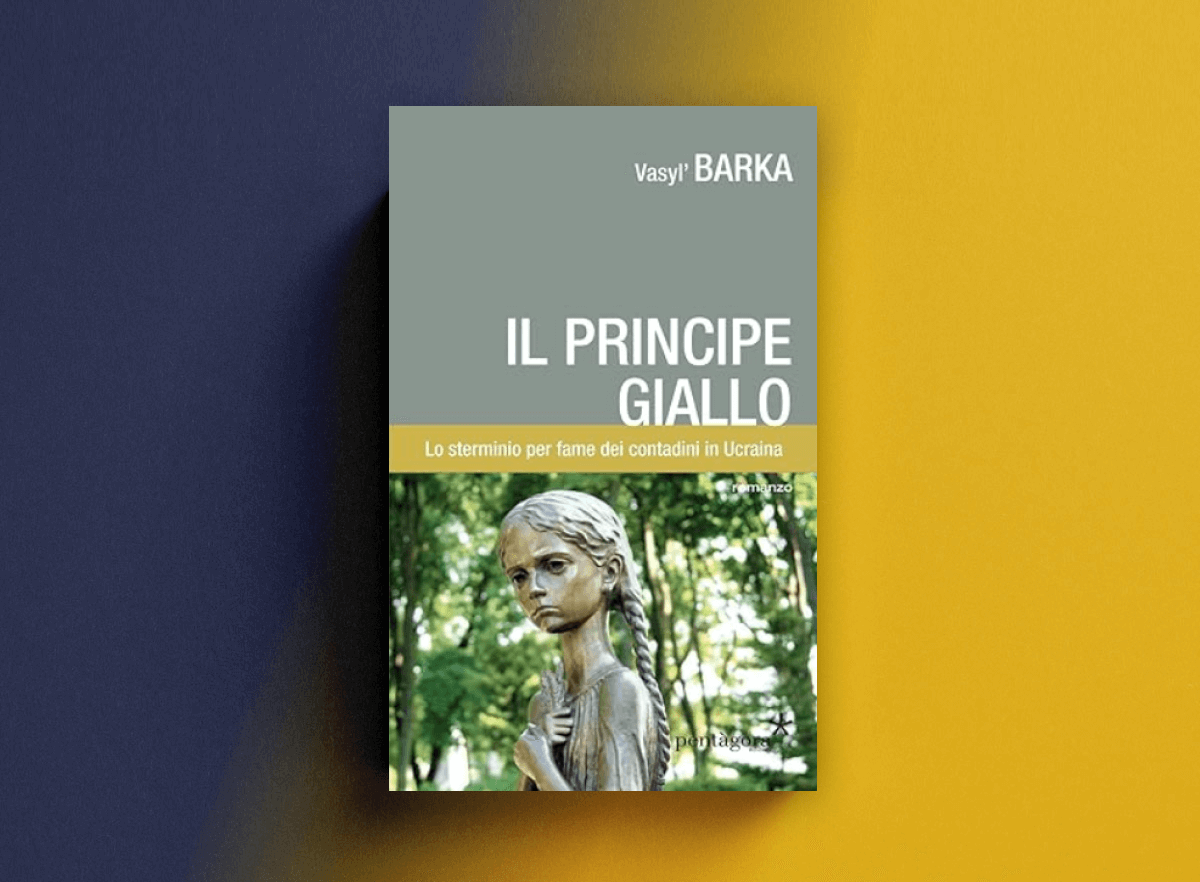
“Zhovtyi kniaz”, Italian cover, 2016
One can even talk about the existentialist component of “Zhovtyi kniaz,” because the novel’s characters truly find themselves in borderline situations where they have to not just survive, but also choose between their own convictions and their ability to stay alive. This is most fully manifested in the scene where the dying Myron Katrannyk is interrogated by Party plenipotentiary Otrokhodin, who promises the peasant wheat and flour in exchange for information about a holy chalice hidden from confiscation. It would seem that a hungry person on the brink of death might agree to such a generous offer, but even in this state Myron Danylovych remained defiant.
At first glance, it might appear that Barka simply idealized his characters by portraying them as overly noble, as it would seem unlikely that a starving individual would begin thinking about spirituality if promised bread. But the writer does this in an effort to reveal the third dimension – the metaphysical – where the events of the Holodomor become part of a large-scale battle between good and evil, which is expected to take on the same apocalyptic features.
An underrated genius?
Vasyl Barka died in 2003 in the town of Liberty, not far from his home in the resort town of Glen Spey, which itself is a short drive from New York City. He was 94, which at the time was a record for the longevity of a Ukrainian writer. He died alone, though, with newspapers describing him as “exhausted from paralysis.” At the time of his death, Barka was both recognized and misunderstood. His modern, expressionist style, combined with his mystical, religious worldview, gave rise to equivocal assessments by his contemporaries.
Nevertheless, “Zhovtyi kniaz” remains the most important Ukrainian work of historical fiction about the Holodomor. It is widely read and quoted, in addition to having provided a basis for the film “Famine ’33,” directed by Oles Yanchuk in 1991. Removal of the book from the academic curriculum in 2011 naturally sparked a public outcry. And though it still hasn’t returned, sites with academic papers are full of reflections on Barka, which says a lot. As does the fact that the novel, as the centerpiece of its author’s body of work, resulted in Barka’s two nominations for the Nobel Prize in Literature.
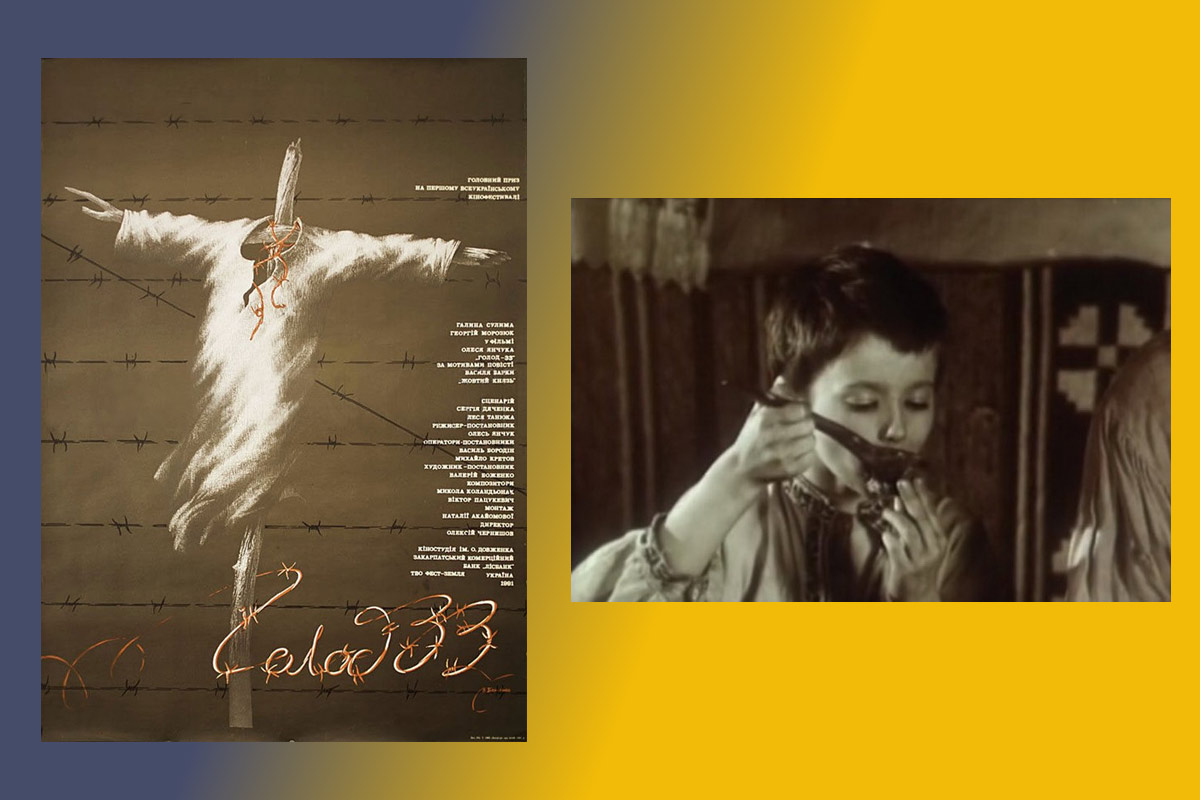
For international audiences, Barka remains almost completely unknown as a result of the limited number of translations done of his work. In addition to the aforementioned German-language publication of “Okean,” only “Zhovtyi kniaz” has been reproduced for non-Ukrainian audiences (into German, French and Italian). It is known that an English translation of the novel “Rai” (“Paradise”) exists but it was likely never published. If this ever changes, Vasyl Barka’s great creative legacy — his poetry and novels — might yet be befittingly received by readers everywhere.
The publication is a part of the “Chytomo Picks: Classics and New Books from Ukraine” project. The materials have been prepared with the assistance of the Ukrainian Book Institute at the expense of the state budget. The author’s opinion may not coincide with the official position of the Ukrainian Book Institute.
Team of authors: Mykhailo Sokulsky, Nataliia Kushnirchuk
Translation: David Soares, Nataliia Firsova
Copy editing: Ben Angel
This publication is sponsored by the Chytomo’s Patreon community

